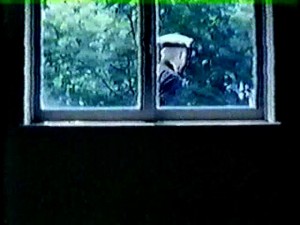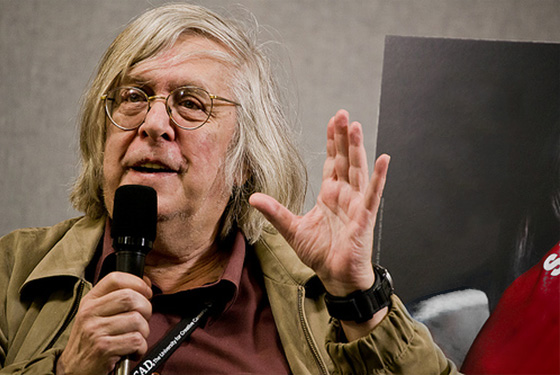Daily Archives: April 3, 2021
From the July-August 1978 Film Comment, only slightly tweaked in March 2014. In retrospect, it must have been an act of sheer defiance and perversity for me to have structured the order of the films discussed here in alphabetical order, perhaps as a way of further brandishing all my globetrotting at the time. Thirty-six years later, I regret some of the swagger here, including the facile wisecrack-putdown of Jean-Pierre Gorin. I was still under the excessive influence of Manny Farber at the time -– a great writer whose style one imitates, consciously or unconsciously, at one’s peril –- combined with some of the early stirrings that led to my 1980 memoir Moving Places. — J.R.

Back And Forth (London, 1/10/78), in Pam Cook and Simon Field’s avant-garde film course. Each time I encounter Michael Snow’s crisscrossed classroom, I learn a little bit more about how to watch it. Following those relentless, oscillating pans with the eyes — equating one’s head and ego with the camera or vice versa in some sort of anthropomorphic/illusionist perversion conditioned by Hollywood — turns out to be about as useful as climbing into a Mix Master and throwing the switch. Sitting still, in your head as well as in your seat, affords a smoother, subtler, and more contemplative experience.
Read more
